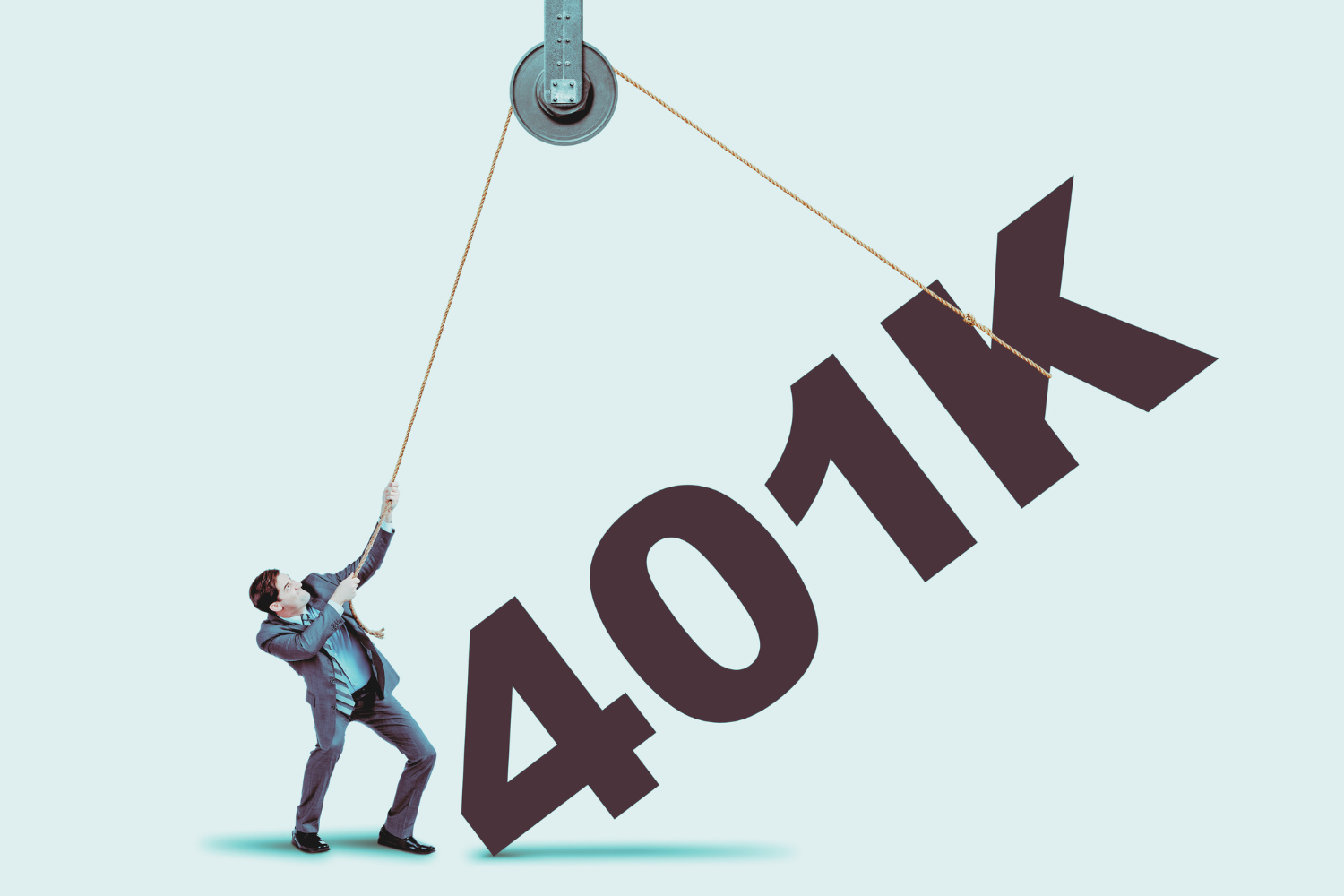New ‘Super’ 401(k) Catch-Up Provision:
What Older Workers Need to Know
For Americans nearing retirement, saving enough money can feel like a race against time. Now, thanks to recent changes in tax law, some older workers will have an opportunity to accelerate their retirement savings through enhanced “super” catch-up contributions.
What’s Changing in 2025?
Starting in 2025, workers aged 60 to 63 will be able to make additional tax-deferred contributions of up to $11,250 to their workplace retirement accounts – that’s $3,750 more than the standard catch-up amount available to those 50 and older. This enhancement stems from the SECURE 2.0 Act passed in 2022.
Here’s how the numbers break down for 2025:
- Standard employee contribution limit: $23,500
- Regular catch-up contribution (age 50+): $7,500
- Enhanced “super” catch-up (ages 60-63): $11,250
This means eligible workers in their early 60s could potentially contribute up to $34,750 annually to their workplace retirement accounts.
Which Retirement Plans Are Eligible?
The enhanced catch-up provision applies to several types of workplace retirement plans:
- 401(k) plans
- 403(b) plans
- Governmental 457(b) plans
- Federal Thrift Savings Plan (TSP)
Who Will Benefit Most?
While this change offers significant potential for boosting retirement savings, data suggests it may primarily benefit higher-income workers. According to Vanguard, only about 15% of retirement plan participants took advantage of catch-up contributions in 2023. Those who did typically:
- Earned more than $150,000 annually
- Already maintained substantial account balances
- Demonstrated strong saving habits
Important Context: IRAs vs. Workplace Plans
For comparison, Individual Retirement Account (IRA) limits will remain considerably lower in 2025:
- Standard IRA contribution limit: $7,000
- IRA catch-up contribution (age 50+): $1,000
While IRAs offer more investment flexibility and control, they lack the employer matching contributions that make workplace plans particularly valuable. The enhanced catch-up provision makes workplace plans even more attractive for eligible workers who can afford to maximize their contributions.
What This Means for Your Retirement Planning
If you’re approaching your 60s and have the financial capacity to save more, this enhanced catch-up provision represents a significant opportunity to boost your retirement savings in a tax-advantaged way.
However, it’s important to remember that:
- You should consider your overall financial picture, including other savings and investments
- Not everyone needs to max out their contributions to achieve their retirement goals
- Those unable to make maximum contributions should still save what they can and take full advantage of any employer matching
Bottom Line
The new “super” catch-up provision offers a powerful savings opportunity for those who can take advantage of it. However, the most important factor in retirement saving remains consistent contributions over time, regardless of whether you can max out your annual limits.
Consider consulting with a financial advisor to determine how these new contribution limits might fit into your overall retirement strategy.


